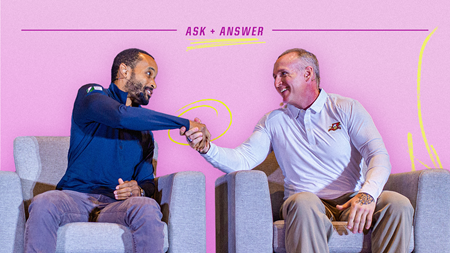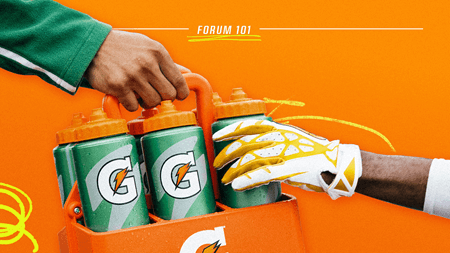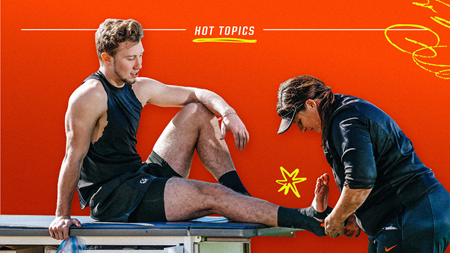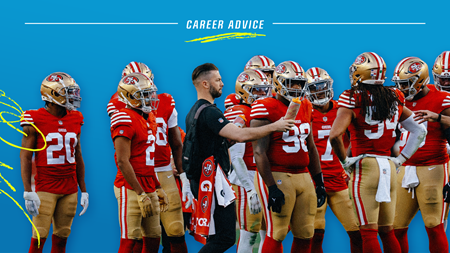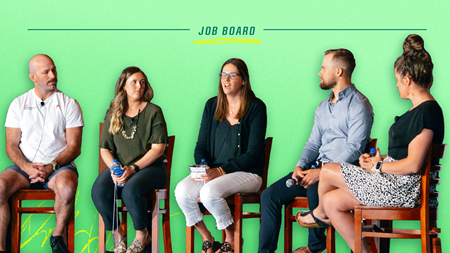Over 60% of all injuries suffered by athletes are one of the five types of musculoskeletal injuries:
OVERUSE
- Volume of training or competition at a high mechanical load is too high
- Commonly this manifests as stress fracture or tendinitis
OVER STIFF
- When the tendon is stiffer than the muscle is strong
- Commonly this manifests as muscle pulls
UNDER STIFF
- When a ligament is not stiff enough to prevent laxity
- Commonly this is seen in women who rupture their ACLs
IMBALANCE
- When there is a difference in strength or stiffness in the muscles across a joint
- Commonly this is seen in noncontact rupture of the ACL
TRAUMA
- When there is a traumatic injury to a bone, tendon, or joint
- Commonly seen in impact sports and are difficult to avoid
Practical Application
Loading to minimize musculoskeletal injury
- Consider incorporating protective or health sessions into training:
- Short (5 min.) sessions to target bone, cartilage and tendon
- Separate these from other training by 6hrs
- Incorporate slow/isometric movements to decrease tendon stiffness
- Split long training sessions into 2 separate training bouts to minimize fatigue-related injury
Use nutrition to support musculoskeletal adaptations
- Consider giving athletes gelatin or hydrolyzed collagen an hour before training or competition
- The rise in pro-collagen amino acids peaks one hour after taking a gelatin supplement
- 15g of gelatin taken one hour before 6 minutes of jump rope activity increases collagen synthesis in young males
Use rest wisely
- Inactivity can increase tendon stiffness (Arruda 2006)
- Therefore, following injury or breaks in training, slowly ramp up training load and intensity
- Complete rest is often not the answer. Intermittent periods of activity with 6-8 hours rest is often better (Robling 2000)
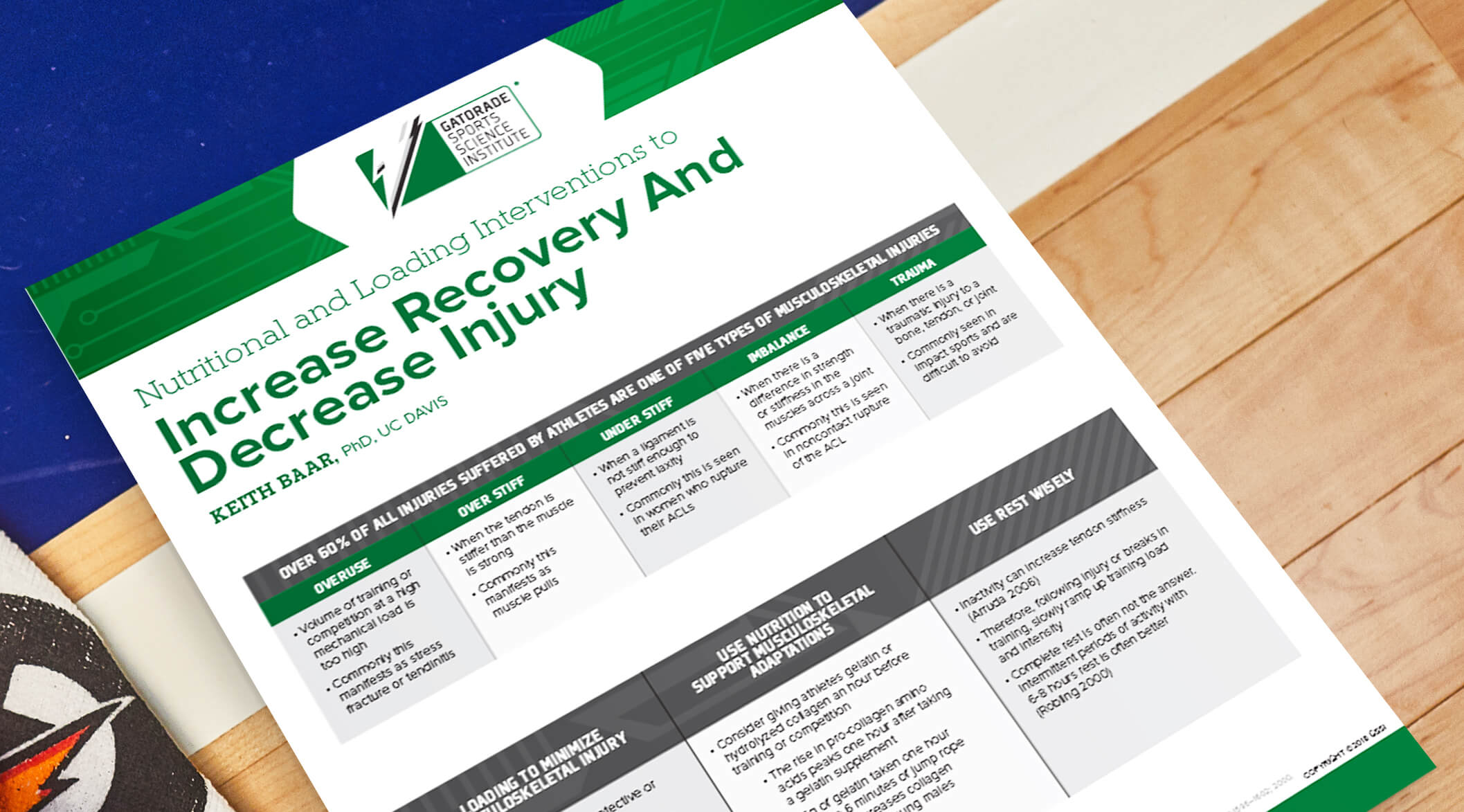
- Arruda EM, Calve S, Dennis RG, Mundy K, Baar K (2006) Regional variation of tibialis anterior tendon mechanics is lost following denervation. J Appl Physiol 101:1113-1117.
- Robling, A. G., Burr, D. B., and Turner, C. H. Partitioning a daily mechanical stimulus into discrete loading bouts improves the osteogenic response to loading. J Bone Miner Res 15:1596–1602; 2000

